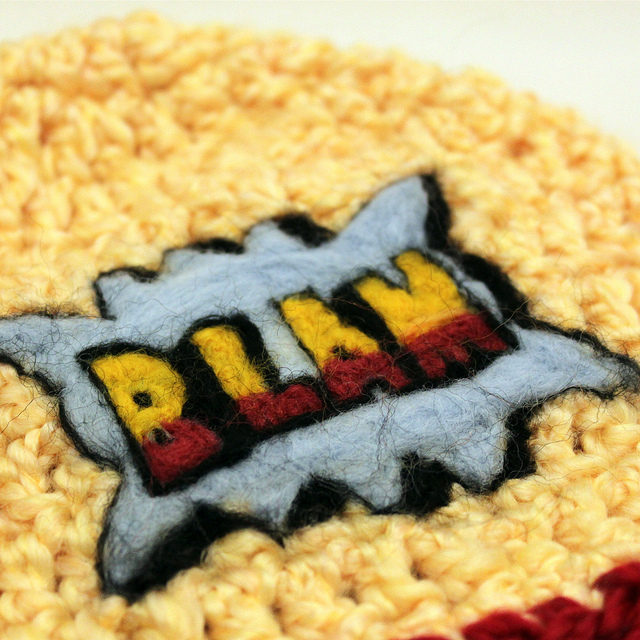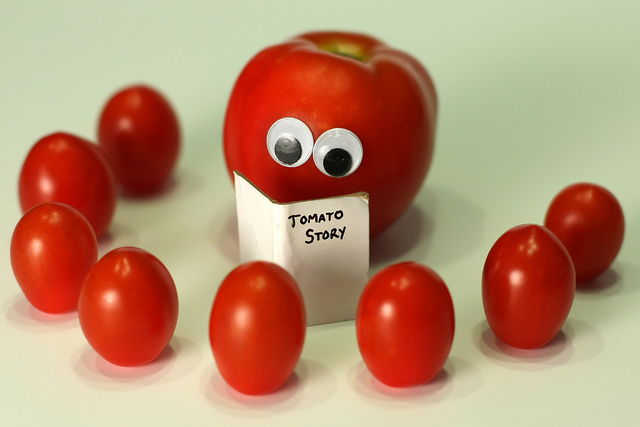
Source: Hotel ZeugmA, Joy of Seth, Flickr
There are hundreds of rhetorical and stylistic devices. Most of them have crazy names. There’s homoioptoton, zeugma, diazeugma, syllepsis, isocolon–you get the idea. Those are just five of the approximately 500 devices listed on the website Silva Rhetoricae. If you click on the link, you can find out the meaning of the five terms listed above.
Rather than trying to become familiar with all possible devices (which is nearly impossible), we are only going to focus on four devices: analogy, onomatopoeia, enumeratio, and personification. This is a good start because these four are common devices that you already use almost every day.

Source: BLAM!!, Easymakesmehappy, Flickr
You’ve probably heard of onomatopoeia (click here to listen). Maybe you can even spell it; most people can’t. You might remember that onomatopoeia is the use of a word that sounds like what it means; “bang” and “rip” are examples.
On the other hand, you’ve probably never seen the word enumeratio (click here to listen) until now. There is, however, a good chance you can guess what it means if you think of a similar word, enumeration. Enumeratio is just a big, classy word for a list. You will see how authors use lists to create imagery as you work through this lesson.

Source: what's up college dinin hall, seasmoked, Flickr
The third device you will learn about is analogy. An analogy is a comparison of situations or ideas, very often using the word “like.”

Source: Tomato Story, jeffsmallwood, Flickr
Personification makes objects or concepts behave like “persons,” i.e., “The wind reminded me to put on a jacket.” The wind really can’t “remind” us of things, but it seems natural to speak as if the wind did this instead of saying, “When I felt the wind, I decided to put on a jacket.”
Now, we are going to do some “device spotting,” looking for the four devices in their natural habitats (in texts) before we identify them or define them any further than the brief definitions presented in this section. We will use a text about homework to play this little game.

Source: ?
Do you like homework? Some people do. After all, homework can increase the impact of your classroom work. However, just for the next part of the lesson, let’s imagine that you get annoyed with homework. We’re going to use each device in this lesson to describe a dislike of homework.
For each statement presented below, click on the option that uses the same rhetorical or stylistic device. The numbered statements will express negative ideas about homework, while the lettered choices will express positive ideas about homework. Your job, however, is not to match statements and answers according to meaning and sentiment but according to whether they use the same rhetorical or stylistic devices.

Now try matching each device to its definition by dragging the device onto the box that contains the correct definition.

You have now worked with several examples of these four devices, and you have matched them up with definitions. In the next section, you are going to identify some more uses (the more examples you see, the better) and think about how each of them affects your experience when you are reading a text.